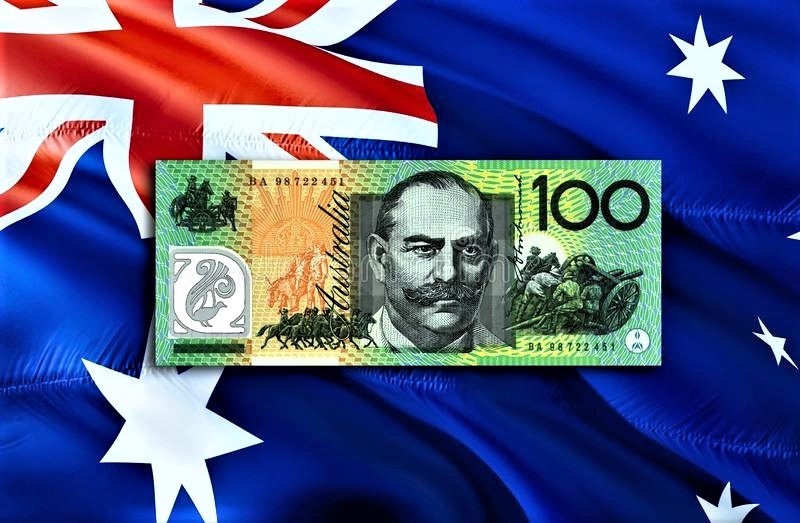Australian dollar falls despite a larger then expected increase in Employment.
Despite the publication of job data on Thursday, the Australian Dollar (AUD) edged lower. Australia’s Employment Change revealed that the number of employed individuals climbed by 39.7K in May, above the predicted 30.0K increase and the prior 38.5K rise. Meanwhile, the unemployment rate fell to 4.0% from 4.1% in April, as expected.
The US dollar recovers losses as the FOMC maintains its benchmark lending rate at 5.25%-5.50% for the seventh time in a row.
The US Dollar (USD) reverses its recent losses after the hawkish stance of the US Federal Reserve (Fed), eroding AUDUSD pair. Investors are looking forward to the weekly Initial Jobless Claims and Producer Prices Index (PPI) in the United States (US) on Thursday, which will provide additional insight into economic circumstances.
The Federal Open Market Committee (FOMC) maintained its benchmark lending rate unchanged at 5.25%-5.50% for the seventh time in a row at its June meeting on Wednesday, as predicted.
Daily Market Movers: Australian Dollar falls as Fed maintains aggressive attitude.
In a press conference following the Fed decision, Fed Chair Jerome Powell stated that the central bank’s tight monetary policy is having the expected effect on inflation. Additionally, FOMC policymakers anticipate only one rate drop this year, down from three in March.
The US Consumer Price Index (CPI) increased 3.3% year on year in May, compared to the prior report and estimates of 3.4%. The core CPI, excluding volatile food and energy costs, rose 3.4% year on year in May, compared to a 3.6% increase in April and a 3.5% estimate.
On Wednesday, China’s CPI rose 0.3% year on year in May, falling short of expectations of a 0.4% gain. Inflation fell by 0.1% month on month, compared with a 0.1% gain in April.
Australian Treasurer Jim Chalmers noted that China’s Premier Li Qiang’s visit to Australia is a significant opportunity.
Australian Treasurer Jim Chalmers noted that China’s Premier Li Qiang’s visit to Australia is a significant opportunity. Chalmers identified underlying flaws in China’s economy and stated that he does not expect it to rebound immediately.
In May, Australia’s NAB Business Confidence index fell to -3 index points, its lowest level in six months. Turning negative for the first time since November. Meanwhile, Business Conditions decreased to 6 index points, somewhat lower than the long-term average.
According to the official transcript, National Australia Bank (NAB) Chief Economist Alan Oster stated on Tuesday, “There are warning signs on the outlook for growth but also reasons to be very wary about the inflation outlook, and they expect the RBA to keep rates on hold for some time yet as they navigate these contrasting risks.”
According to NCA NewsWire, RBA Governor Michele Bullock warned last week that if the Consumer Price Index (CPI) does not return to the target range of 1%-3%, the central bank will raise interest rates.









